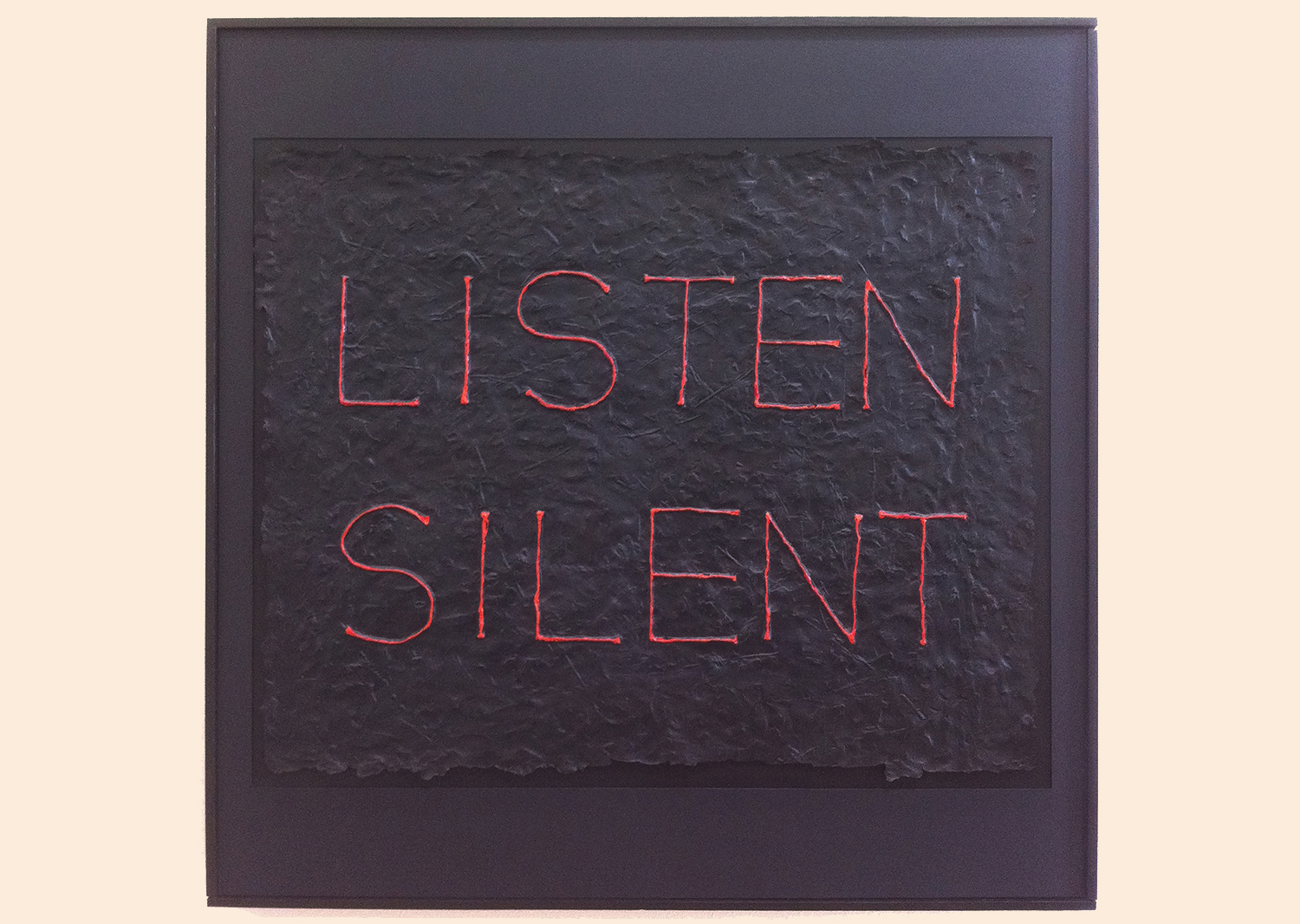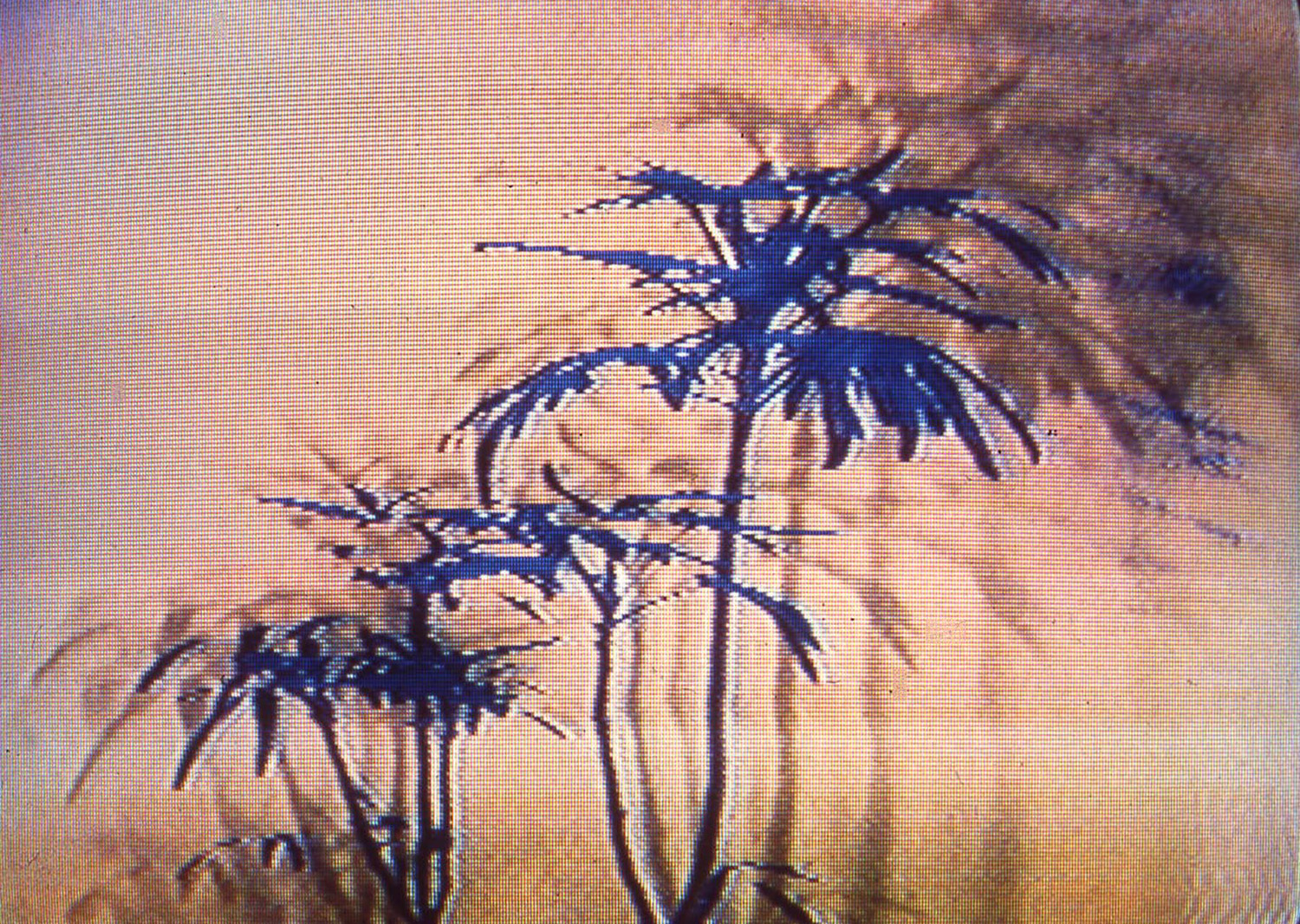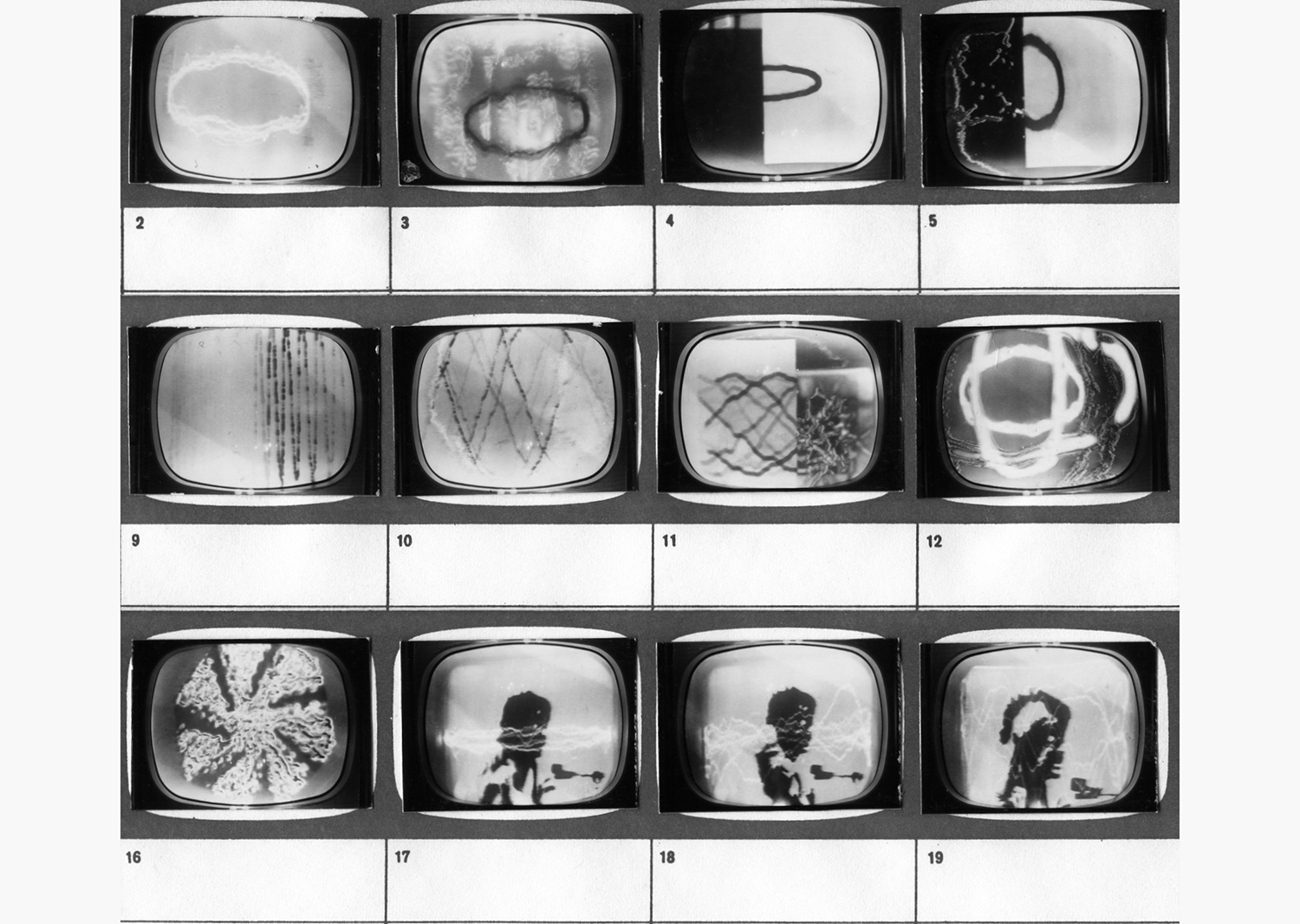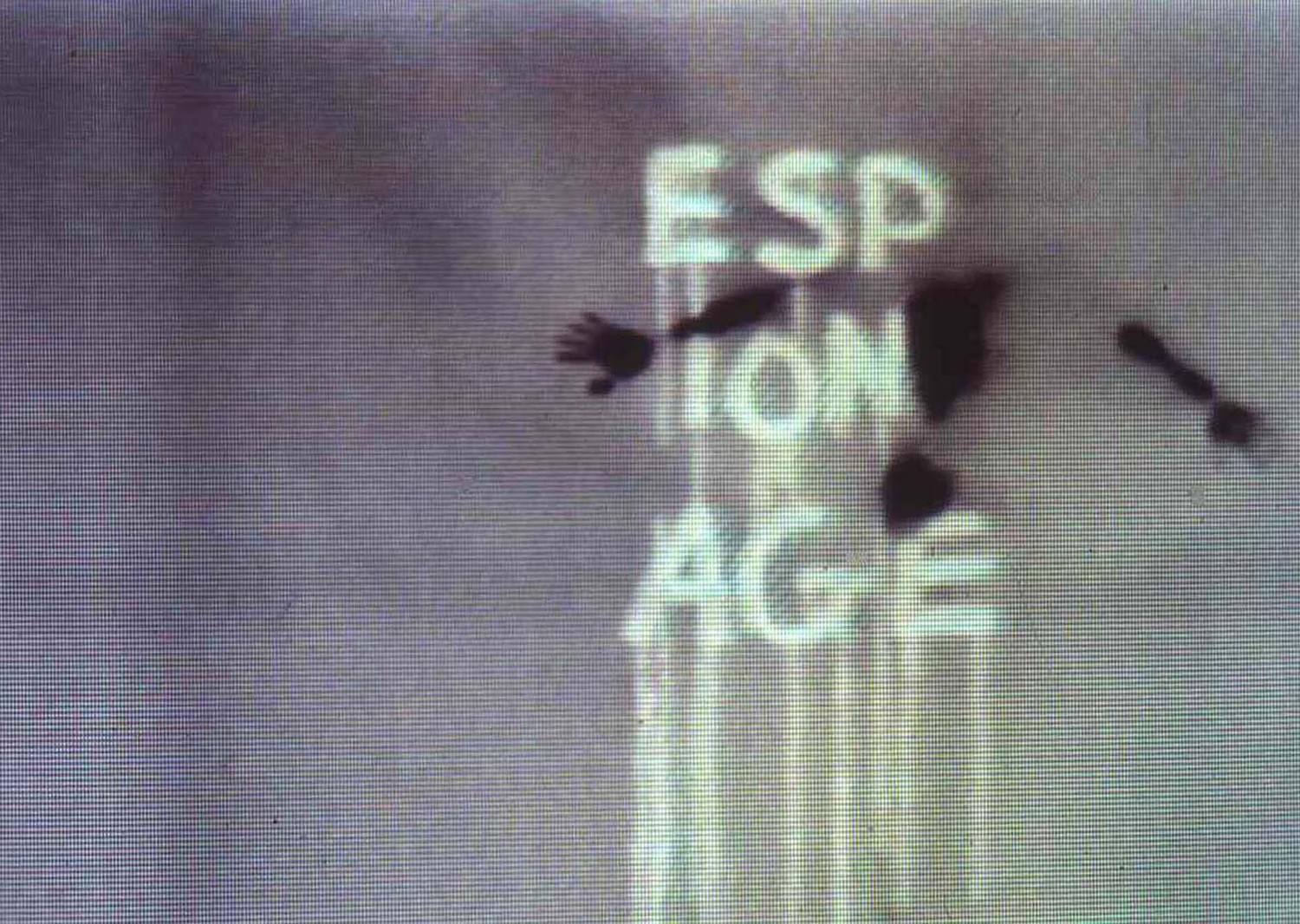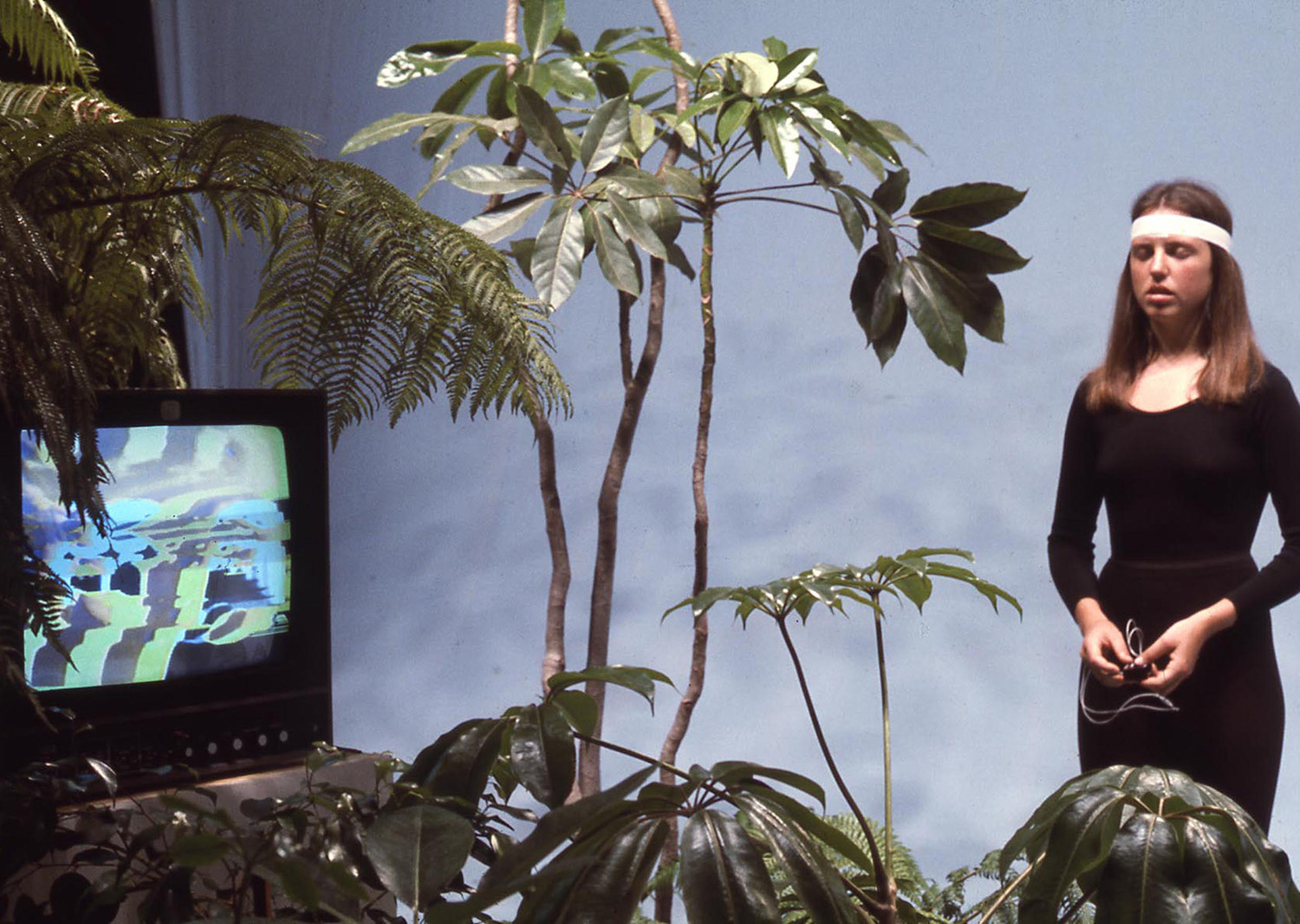Thinking back on the hallucinogenic American postwar art scene, one envisions that hazy confluence of networks and disciplines native to the New York avant-garde as an ecstatic moment when everything, and everyone, was a little more porous. But beyond the emergence of new forms of art practice, including performance, expanded cinema, and video art, a crop of artists with a keen interest in nascent scientific fields — electro-biology, cybernetics, and information system ecologies — were hard at work in laboratories and studios, liaising among scientists, artists, engineers, musicians, and architects. They forged collaborations with NASA, the Pentagon, labs, hospitals, zoos, and aquariums in between their own exhibitions at institutional spaces such as the Whitney Museum of American Art and SFMOMA or avant-garde Manhattan project spaces including the EGG Store and The Kitchen.
At the helm of many of these collaborations was North American artist Richard Lowenberg. Based between New York and San Francisco in the 1970s and ’80s, Lowenberg cultivated a rich artistic practice that strung together the biological sciences, cybernetics, and networked ecologies within his performance, moving image, and computer art practice. Establishing his own Bio-Arts Laboratory in San Francisco in the ’70s, Lowenberg engaged artists and scientists to collaborate within an experimental field that would later be termed “bio-sensing” art. Throughout the span of his fifty-year practice, Lowenberg dug deep into the intellectual and multisensory properties that connect humans with other lifeforms, from orcas to tropical plants, asking many of the same questions — and conjuring the same provocations — raised by contemporary speculations on cross-species collaboration, non-human agency, and machine learning and artificial intelligence in the era of the Anthropocene.
In this conversation for Flash Art, Alice Bucknell speaks with Richard Lowenberg about the art-science experiments undertaken at his Bio-Arts Laboratory, including the Secret Life of Plants ¹ (1976);his experience working with diverse “collaborators”; the influence of his architectural background; and the duration of his multidisciplinary practice, which spans moving image, opera, desert performances, city planning, and more.
ALICE BUCKNELL: Growing up in rural New Jersey and studying at the Pratt Institute in New York, how did you first become interested in the fields of cybernetics, networked ecology, and bio-sensing art?
RICHARD LOWENBERG: I arrived in New York when a creative energy had totally overtaken the city. There was the pop scene, of course, with Warhol and his disciples — I still remember a Time magazine cover with the big question spelled out in red ink: IS ART DEAD? It was a very vital time, and for some reason, I was receptive.
I was studying architecture and design. I saw architecture — way more than the arts — as a means of entry into thinking about our world. Many other architecture and art students were exclusively focused on their field, whether that was building or painting; but I was receptive to experimental ideas and interacted with a handful of others on a certain path, like the artist Roy Ascott, who introduced me to cybernetics, and director Robert Wilson, through whom I became very interested in performance and theater. And of course, there was the Judson Dance Theater, experimental composers and directors like Meredith Monk — influential figures just five or ten years older than me who were collapsing the boundaries between art and architecture, art and science, and carving out new performing arts. I was strongly influenced by the likes of Buckminster Fuller and Marshall McLuhan, two theorists who integrated what I saw as a three-way relationship between technology/science, art, and culture. But it wasn’t until I dropped out of Pratt a month before graduating and moved out west that these interests really coagulated.
I arrived in the Bay Area in 1968 and was tear gassed on my first day in Berkley — a warm welcome to People’s Park! Over the next two years, I initiated collaborations with doctors at UC Medical Center’s neuropsychiatric institute, and befriended various experimental filmmakers and musicians like Scott Bartlett and Moog. It all came together over the next couple years. I returned to New York in 1970 and befriended the early pioneers of video art, Steina and Woody Vasulka, who introduced me to experimental new equipment; I was also teaching at Pratt, despite having dropped out a couple years before. During this pivotal time, I began to string together specialists from creative disciplines and science and built up a network that would enable me to access new and emerging technologies for all the projects that materialized over the next two decades, from New York to San Francisco and Santa Fe.

AB: How do you categorize the sheer number of collaborative projects you engaged with and initiated across fifty years?
RL: I split my practice into four major bodies of work over fifty years. From the ’70s into the ’80s, I was focusing on ecological signal/information and engaging in all sorts of collaborations across the East and West Coasts.
I founded the Bio-Arts Lab in 1974 and began developing interspecies communications with access to researchers and mammals — orcas in British Colombia, dolphins at the San Francisco aquarium, seals with Antarctic explorer Thomas Poulter’s Stanford University Lab, and, later, Koko the gorilla. This was also the time that I worked on The Secret Life of Plants with John Lifton and Jim Wiseman, among many other collaborators, including some students.
During this period, I was also working with NASA, conducting thermodynamic imaging tests in the forty-by-eighty wind tunnel at NASA Ames and integrating IR thermal imaging with support from Columbia Pictures. In 1979, I organized Gravitational Field Day, a dance and video performance in Texas that used gravitational simulation training. It was funded by the National Education Association until halted by the Reagan Administration in 1981.
In the Bay Area in the 1980s, I was working with pre-Apple acolytes in Silicon Valley and through collaborations with military and intelligence agencies on a body of work called Information Revolutions (IR), which examined the dark side of the information environment. Topics of surveillance, privacy, and information warfare are critical, highly loaded issues today; back then, there was much less paranoia from above, and both the intelligence surrounding those systems and the technology used to anchor them were a lot more accessible. I exhibited IR at the 1986 Venice Biennale, but my use of restricted NATO military technologies and the installation’s content, which mapping all communications infrastructure supporting nuclear weapons facilities in Italy, caused a stir. After the opening, IR was shut down without notice.
Following the surveillance period, having relocated to the ex-mining town of Telluride in Colorado in 1984, I worked on regional community master planning with architect/planner/composer John Lifton. Our planning focused on the integration of civic decision-making, renewable energy, sustainable economics, and telecommunications (and included public transport via gondola). I helped establish and became co-director of the Telluride Institute, which focused on pre-internet community networking and creative production at the intersection of ecology, information, and economics.
From 2006 onwards, I have run the 1st-Mile Institute, a multi-year effort to understand New Mexico’s telecom landscape, players, impediments, and opportunities, including “open fiber” networking, from Santa Fe.
AB: What broader technological and ecological concerns brought all of your projects together?
RL: I suppose you could condense my half-century-long practice into one essential question: What is technology?
Like many other artists active in the ’70s, I could see that question coming. And I thought to myself, I must consider the revolutionary capacity of this so-called information age in ecological terms. Others were thinking technologically; I was thinking ecologically. I wasn’t essentializing data or matter, but instead, focusing on energy and information systems. At the time, the general understanding of ecology was a very material one: as a biological science examining the material environment. Neither artists nor scientists were integrating technology into this system. Although contemporary attitudes are more open, I still believe we do not fully know how to think about the immaterial — in economic and ecological systems, it is the immaterial that determines quality of life.
AB: What drew you to integrating performance with experimental video and computer art?
RL: In handling these new technologies, which were essentially mechanisms for broadcasting and visualizing information, I was interested in signal, the neuropsychology of information channels. Performance was the natural choice, for its social, sensory, and communicative potential.
On its most basic level, information is relational. In order for information to exist, it must be transmitted. And for it to be transmitted there need to be two or more agents in a relationship — and that’s not to say people, it’s not a human-centric enterprise — I’m talking neurons or atoms, particles from non-human systems. In my work, I felt the need to attempt to envision, explore, and communicate how such systems might scale up. I wanted to engage with these ideas and agents in a creative manner, but in conducting all of these collaborations, I never thought about projects as individual works.
Being an artist or being involved in the arts has always been for me more about a way of life; I was suspicious of and troubled by the commercial aspect of the art world and wanted to pursue a path that didn’t opt out of that but went beyond. Performance gave me a certain threshold of freedom from that, and also due to its transient and incidental nature, seemed to align more closely with my understanding of bio-sensing and ecological art practice as a process
AB: How were you able to forge collaborations with scientists and intelligence officials from NASA and the Pentagon?
RL: Leverage. [laughs] I like being a conceptual artist, but have to accomplish real world works to move things forward. For instance, to gain access to Koko the gorilla, I provided video documentation for both National Geographic and Stanford’s labs to use in their research, as well as designing Koko’s future gorilla habitat. The rest of the video footage I used in my own creative work. This symbiotic relationship, and many others like it, went on for decades.
Interactions with NASA taught me a lot: aerospace contractors are the same as defense contractors. Of course, this was also the pre-Reagan era of massive government handouts: the NEA was ripe and ready for art-science collaborations; all they needed was an instigator. Contacts also moved fluidly between departments; it was always, “Oh, we’ll give you a contact at Honeywell or Martin Marietta, or even at the Pentagon. We’ll connect you.” “Oh, Richard’s been involved with us for a long time, we don’t really understand what he’s doing, but he’ll always return equipment in good shape.” It was always about personal contacts and small steps.
AB: Can you share more about The Secret Life of Plants — how did the project come about, what was the specific technology you were working with, and what ideas were you collaboratively working toward?
RL: While in New York, between 1970 to 72, I became interested in biofeedback and brainwaves: the visualization of physiological and neurological activity. I immersed myself in learning about that, whereupon I met Peter Crown and Bill and Louise Etra, who were making video work² about how can we sense our heartbeat and muscle activities. On the recommendation of Christopher Bird, the co-author of The Secret Life of Plants (1973), upon which this work is based, I moved back to San Francisco and into a studio owned by researcher Henry Dakin, with access to Dakin’s Washington Research Center (which included an electronics lab with a Faraday cage³) in Pacific Heights.
I was commissioned to create an interactive plant music/video for the feature film The Secret Life of Plants (SLOP), and brought on board John Lifton, who composed his famous “Green Music” for the film, and Jim Wiseman, who built Paik-Abe and Sandin video synthesizers, as well as Tom Zahuranec. Zahuranec interfaced plants and other bio-signals with a Tcherepnin audio synthesizer that he built; we shot sequences at the Plant Conservatory in Golden Gate Park and at the World Stage soundstage in Hollywood. I provided the multichannel bio-telemetry (wireless FM transmitting) transducer systems with which we monitored dancers’ brain waves and electrical muscle signals. These were translated into voltage inputs to the audio and video systems, and were synced with John Lifton’s multichannel audio composition, itself generated by a gold-needle electrode sensing plant physiology.
We enacted many public performances for the video, each time with new collaborators, including Sherrie Rabinowitz and Kit Galloway. Ultimately, the finalized film used very little of our recorded performances, and it was not widely released.
SLOP was produced at that sticky in-between moment between analog and digital technology, and it represents a strain of my fifty-year body of work of exploring information and energy ecosystems. But SLOP was just the tip of the iceberg of our collaborative creative media-performance works series. We worked with many other animals, along with other forms of environmental monitoring, sensing, and transducing, as basis for our work. All these projects ultimately demonstrate that we are all alive, interconnected by similar processes, and that we ought to live a life that represents and involves ourselves in those ways. In the present moment of the Anthropocene, where cross-species communication and collaborative survival strategies are increasingly pivotal, my work aims to serve as a sentient environment where the irrational becomes inspirational.


